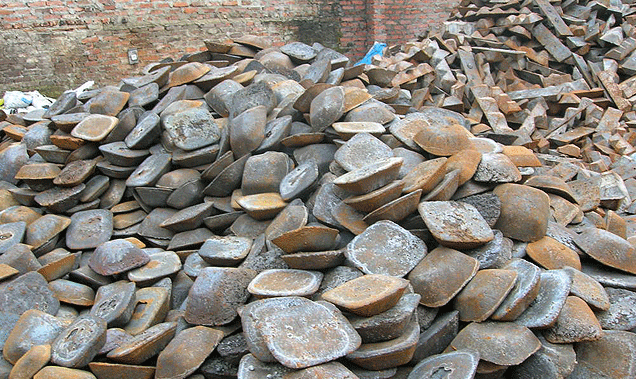Ammonia Carbon Dioxide Process
Most metallurgists appreciate the great need of a process for the extraction and recovery of valuable metals from complex ore, where the presence of one metal increases the cost of extracting the other metals to such an extent that not any of the metals can be extracted at a profit. We need only refer to […]
Precipitating Gold & Silver Using Metallic Minerals

While the reducing action of organic matter, of ferrous sulphate, and of hydrogen sulphide has frequently been invoked to account for the deposition of native gold and silver from ore-forming solutions, the high efficiency in this respect of certain of the metallic minerals which form the ore itself has not been sufficiently recognized. If a […]
Microscope in Mining Engineering
The valuable results that have followed the application in recent years of microscopic methods of research to problems of ore genesis have been significant, but possibly the recognition of their practical importance is not as general as might be, and while, as a scientific method of investigating ores and rocks, the advantage derived through the […]
Tunnel Construction Cost
The Rawley property is located in the Kerber Creek mining-district, Saguache county, Colorado, at an elevation of 10,600 ft. (See sketch-map, Fig. 1.) Ore was found in this vicinity, and claims covering a large area were located and in many instances patented. The ores, however, being of comparatively low grade, and the nearest railway station, […]
Sampling Ore from Hammer Drills
The use of hammer drills for obtaining samples in underground work has increased in recent years. This method has advantages where holes are short, ground conditions preclude the use of diamond drills, satisfactory core recovery is impossible, or sludge samples are accurate enough for the purpose in view. Holes may be drilled at all angles […]
Drill Core Sampling
The advantages of obtaining core samples that provide a visual record of the rocks and ores sampled and at the same time furnish samples for assay have been pointed out under the caption Exploration by Drilling. The diamond drill, which employs either carbons or bort as cutting media, has been the type of core drill […]
Grab Sampling in Mining & Drilling
Grab sampling usually consists in taking portions of ore at random from muck piles, chutes, or the tops of cars of ore. When done in this manner it is a haphazard method that can be relied upon only for roughly approximating the grade of the ore and often is employed merely for that purpose. The […]
Ore “Rock” Face Sampling
Face sampling is the cutting of pieces of ore and rock from exposed faces of ore and waste. The faces may be natural outcrops or faces exposed in surface trenches and pits or in the backs, walls, and floors of development openings and stopes. Face samples may be taken: by cutting grooves or channels of […]
How to Subsample a Large Bulk Sample or Soil, Ore, or Rocks
Before assaying, original samples must be cut down, often in several stages. Each cut involves, in effect, the sampling of a sample, the final portion comprising only the ore that actually goes into the crucible or flask and upon which the actual determinations are made. In cutting down samples to reduce the bulk to the […]
Pig Iron Manufacturing Process

At the beginning of the use of the electric furnace, for the manufacture of calcium carbide and ferro-alloys, experimental work was conducted in it upon the production of steel from iron ore. For many years steel and wrought iron have been produced directly from ore on a small scale in the forge, crucible, and reverberatory […]
